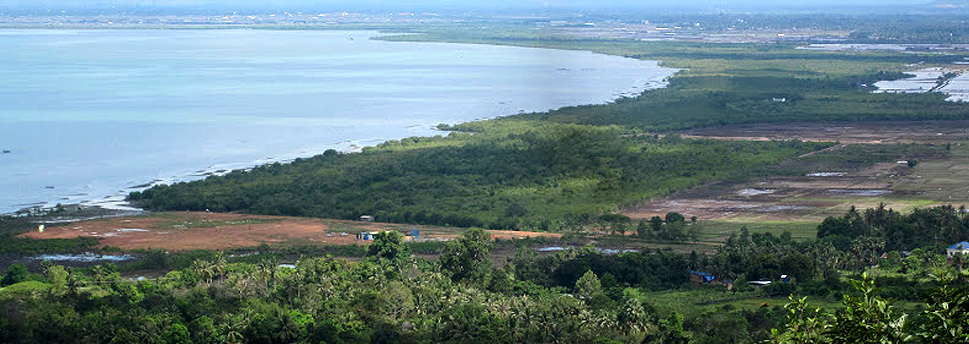but a 1558 treaty precluded fortifying the town. The town was destroyed in a 1570-71 siege by the Nizam Shahi Sultan of Ahmadnagar , but a treaty was concluded which lifted the siege, and the town was rebuilt and surrounded by walls and bastions. A fort ( Korlai fort ) was built on the Morro de Chaul , a rocky promontory on the north side of the river opposite the town. The town withstood several further attacks, and its defense works were expanded in 1613.
Chaul was part of Portuguese India's Northern Province, which by the mid 17th century extended for 100 km along the coast of present-day Maharashtra and Gujarat , from Chaul in the south to Daman in the north. The headquarters of the northern province was at Baçaim (modern Vasai) north of Bombay .
During the later 17th and early 18th centuries Portuguese India declined economically and politically, and Chaul lost its former importance. As the power of the Mughal Empire declined in the early 18th century, the Marathas expanded their control of central and western India. The Portuguese colony of Kalyan was captured by the Marathas in 1720, and in 1737 the Maratha general Angria began a concerted campaign to capture the remaining Portuguese territories. Chaul and the Morro de Chaul came under siege in March 1739, but the siege was raised in October. After the capture of Baçaim in 1740, a peace treaty was concluded, and on 18 September 1740, Chaul was ceded by treaty to the Marathas. The city was subsequently abandoned and left in ruins.



